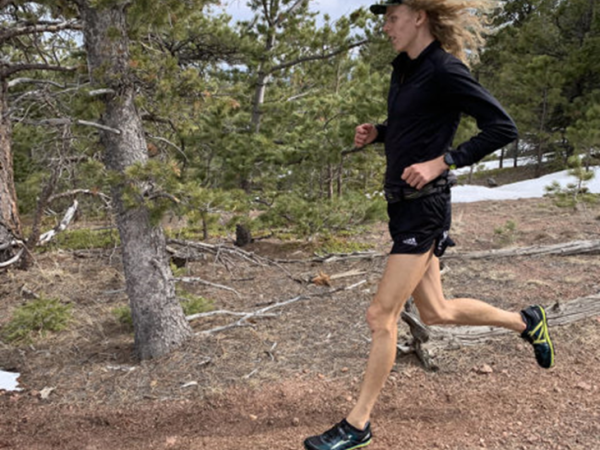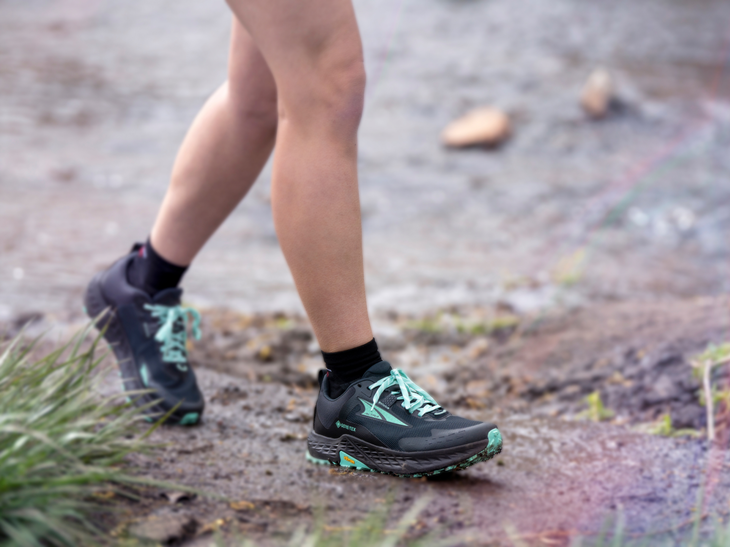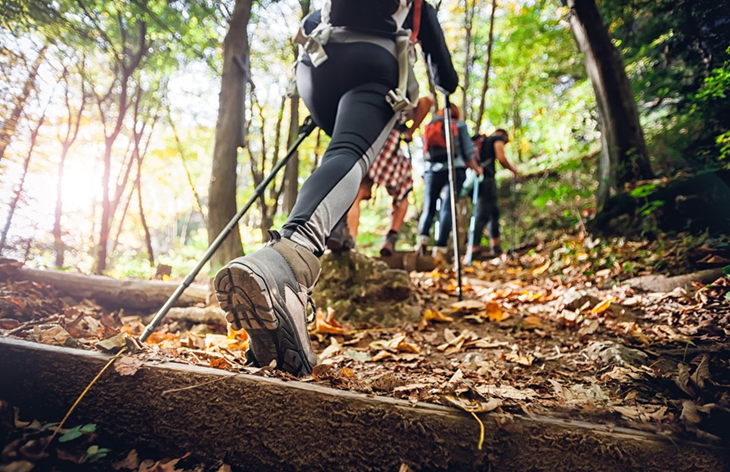17
Jun

Embarking on your hiking journey? Congratulations—you’re about to discover a whole new world of breathtaking views, peaceful trails, and the empowering feeling of putting one foot in front of the other. But before you start daydreaming about mountaintop selfies and forest strolls, let’s talk about something important: your footwear.
One can’t talk about hiking gear and accessories without focusing on these items as the best hiking shoes offer more than just comfort. They provide essential support, help prevent injuries, and give you the confidence to keep exploring. Starting off with the right footwear sets the tone for every step ahead.

In short, women’s hiking shoes are lightweight, flexible and an alternative to traditional hiking boots. Think of them as the perfect mix between your everyday runners and more rugged outdoor gear. Choosing the right hiking trainers for women, especially as a beginner, is more important than you might think.
Unlike heavy-duty hiking boots, hiking trainers:
While women’s hiking boots provide more ankle support and are ideal for rocky, steep, or multi-day hikes, trainers are often the smarter choice for first-timers, casual walkers, or those exploring well-maintained paths. They’re particularly great if you’re dipping your toes into the hiking world.
Whether you’re shopping in-store or browsing online, keep an eye out for these essential features.
You want your shoes to handle mud, loose gravel, and slippery slopes like a pro. Look for sturdy rubber outsoles with deep lugs that provide solid traction.
Hiking involves uneven ground and long periods on your feet. Good cushioning protects your joints, while arch support can prevent foot pain—especially important if you have flat feet or high arches.
Waterproof shoes can be a lifesaver in wet or unpredictable weather. But they tend to be less breathable, so if you’re hiking in dry, warm climates, a well-ventilated mesh upper might suit you better.
One of the biggest advantages of hiking trainers is how light they are. The lighter your shoes, the easier it is to hike longer distances without getting tired.
Always try them on (if possible) with hiking socks. There should be enough room in the toe box to wiggle your toes, but not so much that your foot slides around. A snug, secure fit at the heel is a must.
Now that you know what to look for, how do you decide which pair of hiking trainers for women is right for you? It depends on a few personal factors.
If you have specific foot concerns, like plantar fasciitis, weak ankles, or bunions, look for trainers designed for foot health and stability. Many renowned brands offer innovative foot-shaped designs and natural alignment, which helps reduce strain during long walks.
Don’t forget, you might want a pair that transitions from trail to town without looking overly “outdoorsy.” Many modern women’s hiking shoes are as stylish as they are functional.

Alright, you’ve picked your perfect pair of ladies’ hiking shoes. Now what? Here’s how to prepare for a successful first hike:
Starting your hiking journey is an exciting step, quite literally! A good pair of specialised trainers for women helps ensure that your first outing isn’t your last. Lightweight, supportive, and beginner-friendly, they’re the perfect way to ease into outdoor adventures without overcommitting to stiff boots or specialised gear. Your hiking journey doesn’t need to be extreme. It just needs to be yours. And with the right footwear beneath you, you’re already well on your way.